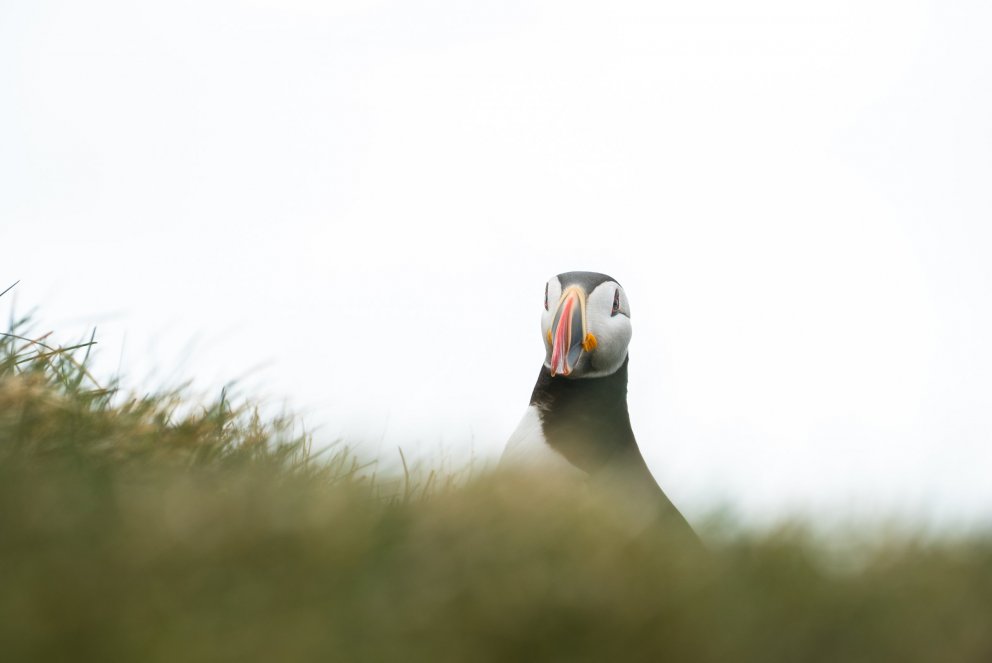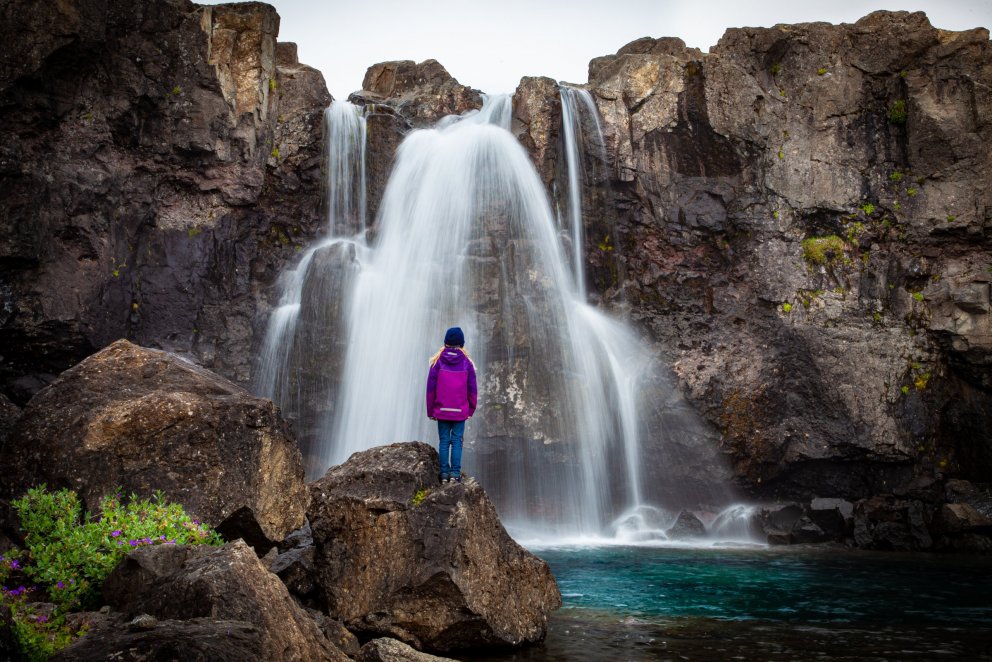Natural Highlights
Get to know more
Or try searching by Category and/or Location

There is plenty of wildlife in the Westfjords but most visitors get excited over the arctic foxes, whales and birdlife.
